Many healthcare facilities are expanding and changing to stay ahead of the evolving needs of patients and the demands of business. While expansions generally bring good news to healthcare organizations, the construction projects that enable this growth also comes with risks for facilities managers and even tragedies.
A crane collapse killed two workers at the construction site of Health First’s Cape Canaveral Hospital on Merritt Island on June 4, Florida Today reports. It happened during what officials described as a serious weather-related incident. The crane fell on a work truck and damaged the construction site’s roof. The two workers were employed by subcontractors, including Baker Concrete.
Related Content: Maintaining Safety in Healthcare Construction Projects
Construction work at the site has been suspended, and an investigation involving local authorities and the construction manager Gilbane Building is ongoing, Florida Today reports. High winds and rain had passed through the area earlier in the day. Health First said that none of its staff were onsite during the incident.
Construction-related deaths can be prevented when the right safety requirements and guidelines are followed. These are nine construction safety tips, according to Hylant:
- Making a site safety plan is the first step to ensuring construction workplace safety. The point of the plan is to make sure everybody understands the risks, the project, expectations and the role they play in safety.
- Most of the duties on a construction site include hazards that can be prevented by wearing personal protective equipment (PPE). The safety plan needs to outline when PPE is necessary.
- A core part of following safety guidelines for construction workers is going through routine training. If workers understand the hazards of the tasks at hand, OSHA standards and the way safety guidelines are designed to protect them, there is a better chance they will comply.
- Construction workers need to understand the part they play in site safety. Ensuring they have clearly written procedures and posting safety considerations is key.
- Go beyond the basics for keeping the job site clean. Ensure that everything possible is done to prevent hazards in the environment, such as work area arrangements, getting rid of slip or trip hazards and storing materials properly.
- Make sure tools and related equipment are securely stored. Construction workers must not leave tools scattered across a job site.
- Be sure to use the right equipment for each job, and do not settle for quick workarounds.
- Properly maintain and service tools and other gear to make sure they work correctly.
- If issues arise, report them immediately. The safety plan should clearly outline actions construction workers should take when a problem occurs or if someone is injured.
Jeff Wardon, Jr., is the assistant editor of the facilities market.
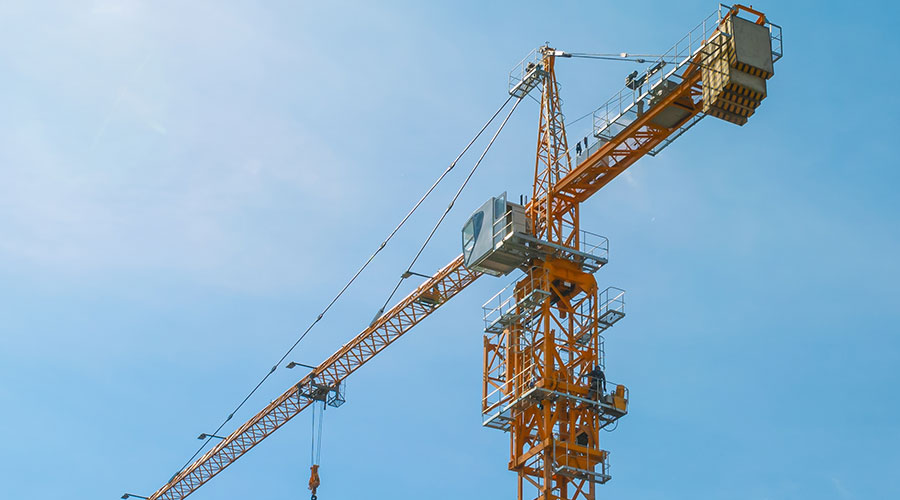
 AI Usage for Healthcare Facilities
AI Usage for Healthcare Facilities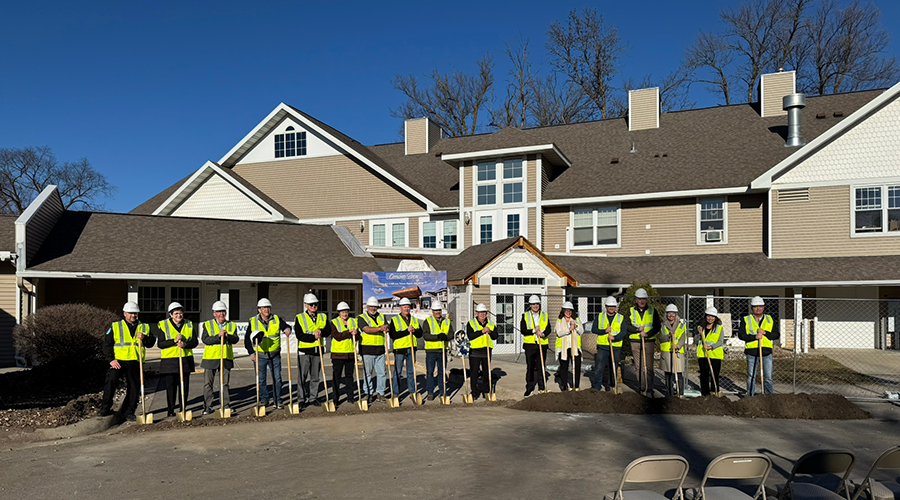 Ground Broken on Pelican Valley Senior Living Modernization Project
Ground Broken on Pelican Valley Senior Living Modernization Project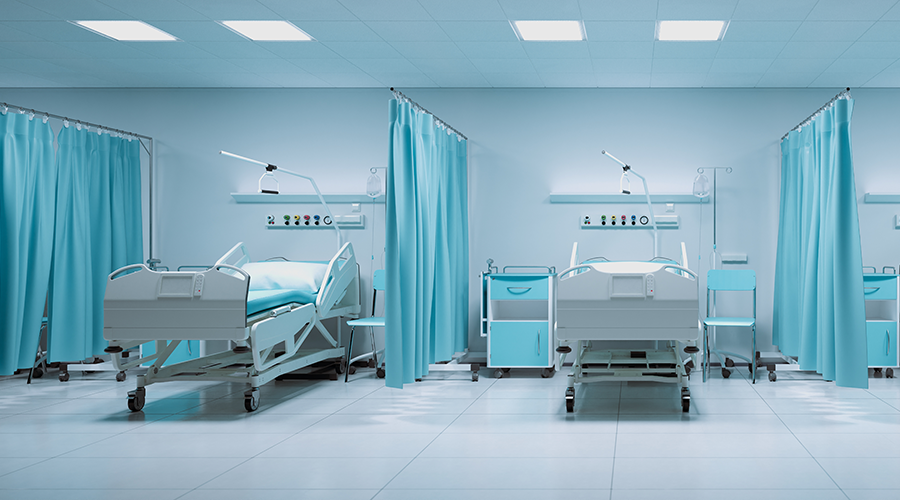 All-Electric UCI Health – Irvine Hospital Set to Open
All-Electric UCI Health – Irvine Hospital Set to Open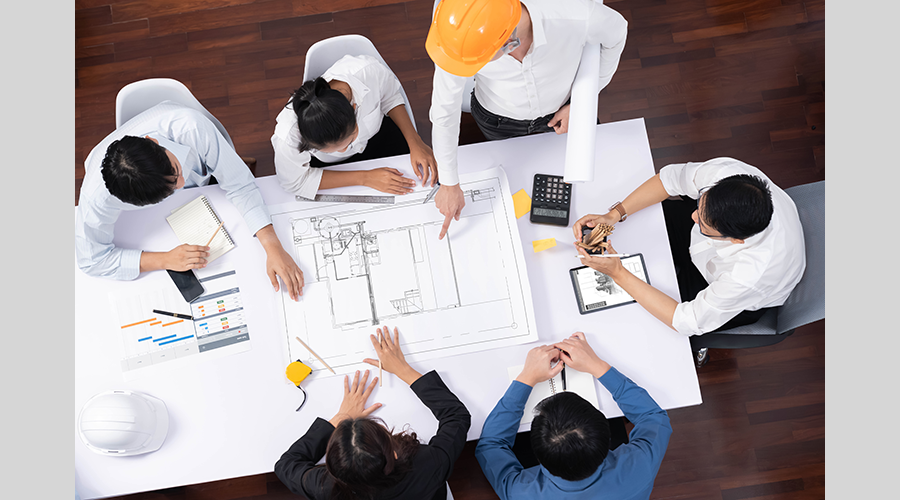 The Rising Strategic Value of Owner's Reps in Healthcare
The Rising Strategic Value of Owner's Reps in Healthcare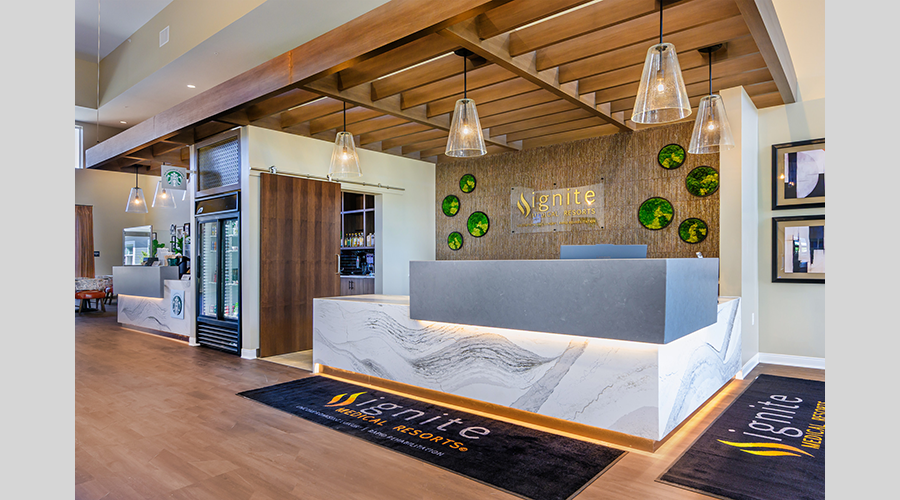 Lawrence Group Designs Pair of Ignite Medical Resorts in Missouri
Lawrence Group Designs Pair of Ignite Medical Resorts in Missouri